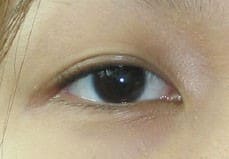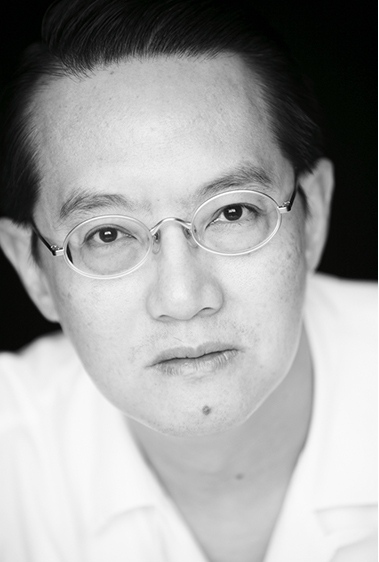
Having double eyelids makes oriental eyes look extremely attractive and bright. It’s like putting a nice frame around a beautiful picture, making it look bigger.
There are many styles and techniques for creating double eyelids. Each surgeon will have his or her own personal preference so seek several opinions and see samples of different surgeons’ work.
Double eyelid surgery and eyebag operations have probably created the greatest number of cosmetic surgery mishaps! How many times have we seen strange double eyelids which are too high, too deep, too sunken or have an abnormal triangulation or extra fold over the top of the crease? These were especially prevalent in the ’70s and ’80s when surgeons were happy just to create a fold.
Today, we try to achieve a subtle, natural appearance. The traditional approach involves cutting the skin over the desired fold, removing a thin sliver of skin and muscle, isolating the cartilage beneath this and then attaching the cut edge of the skin to this rigid structure. Then when the eyes open, a crease or double eyelid fold is created. Fat can be removed at the same time, reducing the puffiness. In older individuals, additional skin over the browbone can also be removed to lift the corner of the eye. This is seldom required in young people like yourself.
The wounds need to be stitched and stitches removed a week later. There will be some redness and the resultant scar will need to be massaged before a soft, natural look is obtained. This could take a few months, but the result can last decades. There may be a visible scar over the upper lids, usually hidden within the crease itself. Drawback: When you close your eyes,others may be able to see the scar.
The “scarless”, or stitching, technique is simple yet potentially reversible should you change your mind. Several stitches are sewn into the upper eyelid to create the fold so that it looks virtually natural.
As there is no cutting involved, there is no scar and the healing period is much shorter. There are also no stitches to be removed as the stitches used to create the fold are buried beneath the skin and left side.
In Japan, this method is called the “clipping” technique and is currently popular as patients can often go back to work within a few days. Drawback: The fold can come down after a few years and the procedure may need to be repeated. Most patients do not mind this as the recovery is quick and the final result is very natural.


